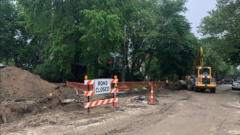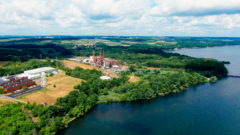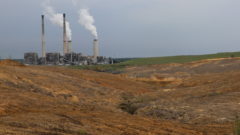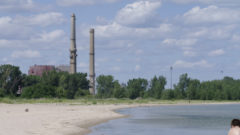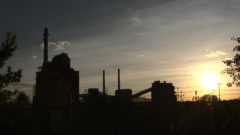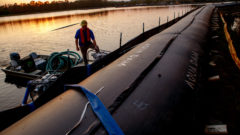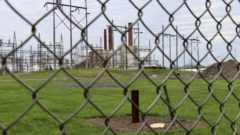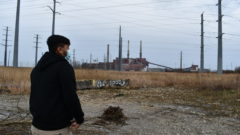More from “Poisonous Ponds: Tackling Toxic Coal Ash”
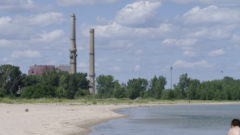
In August, the “Poisonous Ponds: Tackling Toxic Coal Ash” student reporting initiative investigated the complicated policy and impacts of coal ash in the Great Lakes. The special collaboration included Great Lakes Now, The Energy News Network, and Northwestern University’s Medill School of Journalism, Media, Integrated Marketing Communications.
Keep up with more coal ash news published by The Energy News Network as part of this project:
How Puerto Rico’s banned coal ash winds up in rural Georgia
After Puerto Rico banned coal ash storage, the toxic waste from its coal plant is being quietly shipped through Florida to Georgia.
Great Lakes Now
https://www.greatlakesnow.org/2022/10/more-from-poisonous-ponds-tackling-toxic-coal-ash/

